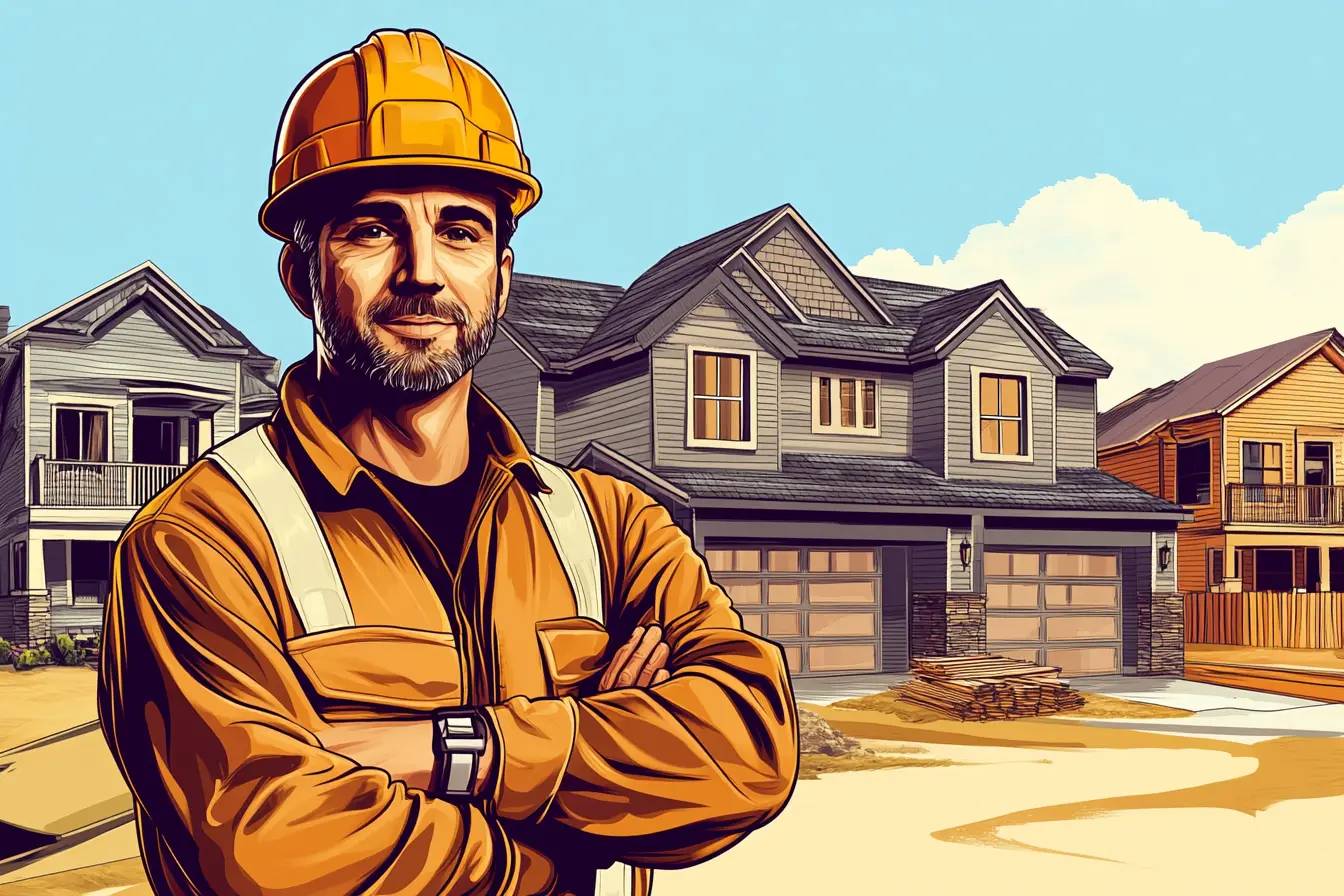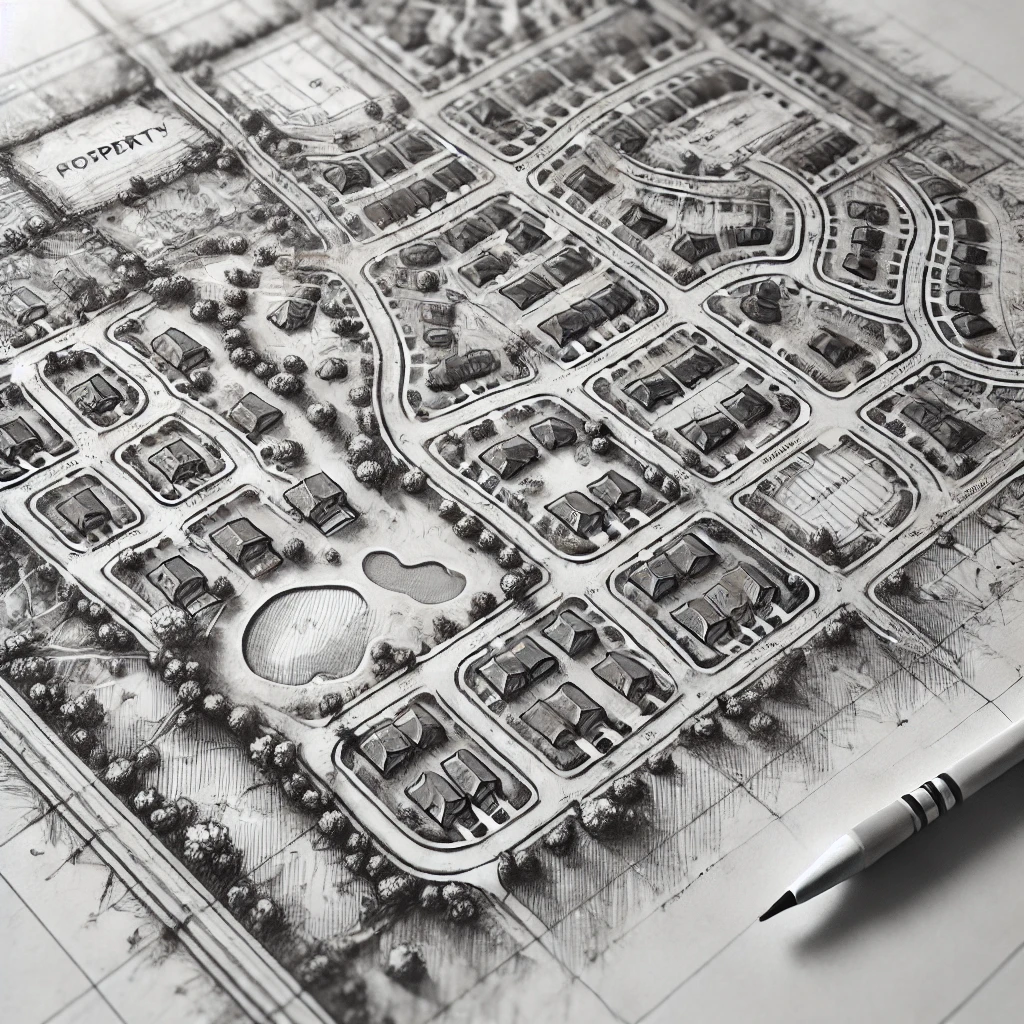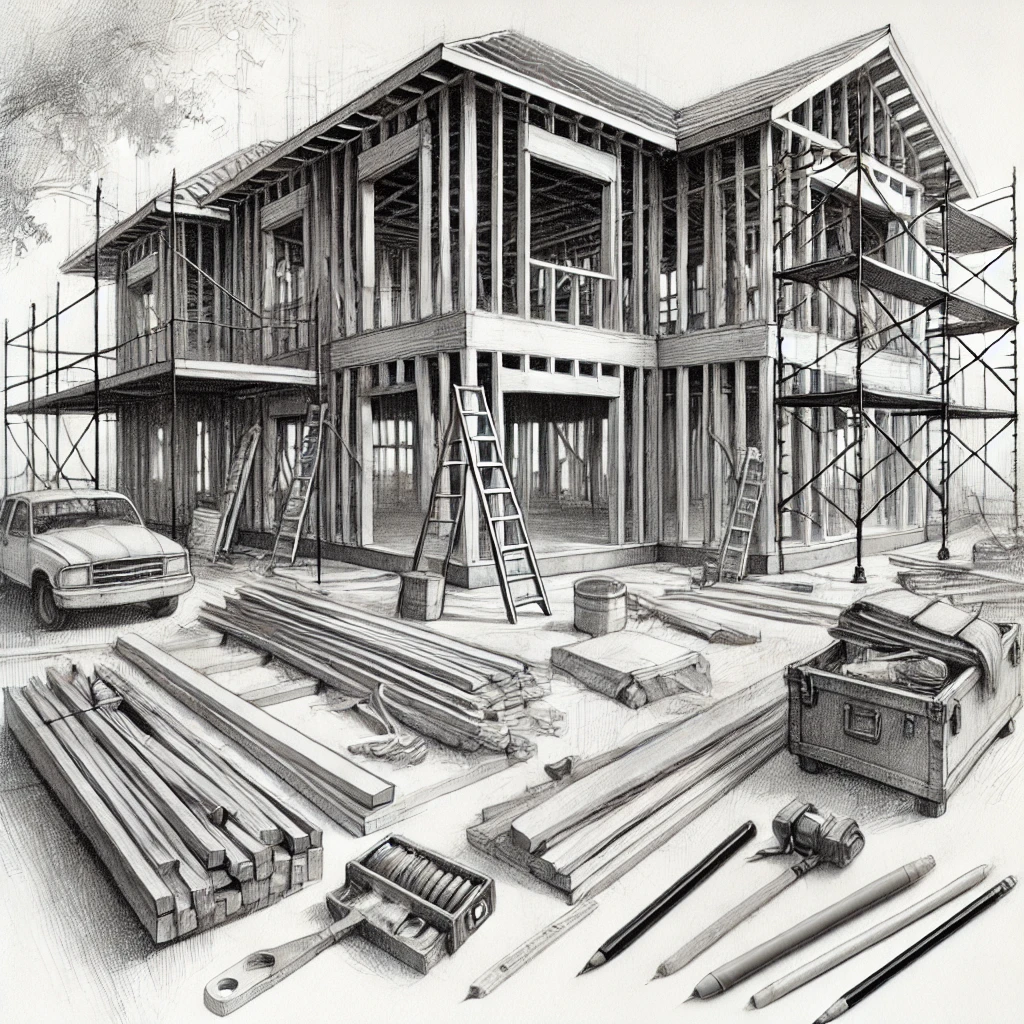Developers and Builders: Who They Are and Why They Matter in Disaster Recovery

When homes are destroyed due to fire, natural disasters, or other catastrophic events, homeowners face important decisions about how to sell or rebuild. One option that can benefit both sellers and buyers is working collectively as a community to package multiple lots for sale to a developer or builder.
This article explains the roles of developers and builders, how they operate, and why it may be beneficial for sellers of disaster-damaged lots to work together when considering rebuilding or selling to a developer.
1. Who Are Developers and Builders?
What is a Real Estate Developer?
A real estate developer is a company or individual that acquires land, finances projects, and oversees the development of residential or commercial properties. Developers may work on projects such as entire subdivisions, multi-unit housing, or commercial spaces.
Key Responsibilities of Developers:
Acquiring and assembling land for large-scale development.
Working with local governments on zoning and building approvals.
Securing financing and working with investors.
Planning infrastructure such as roads, utilities, and drainage systems.
Selling lots or completed homes to builders or homebuyers.
What is a Builder?
A builder (also known as a home builder or general Contractor) is responsible for the physical construction of homes or commercial buildings. Builders often work with developers but may also work directly with homeowners on custom home projects.
Key Responsibilities of Builders:
Constructing homes based on Architectural Plans.
Managing labor, subcontractors, and construction timelines.
Sourcing and purchasing building materials.
Ensuring compliance with safety and building codes.
Delivering completed homes to homebuyers or investors.
More info: Home Building Industry Overview - National Association of Home Builders

2. Why Would a Developer Be Interested in Buying Multiple Lots in a Disaster Zone?
After a disaster, developers may be interested in acquiring multiple adjacent lots to build new communities or modernized neighborhoods. Larger tracts of land offer more efficiency and profitability for developers than purchasing individual lots one at a time.
What Makes a Group of Lots Attractive to a Developer?
Factor | Why It’s Valuable to a Developer |
|---|---|
Multiple Adjacent Lots | Allows for cohesive neighborhood planning and infrastructure improvements. |
Zoning for Residential or Mixed-Use | Pre-approved zoning speeds up development timelines. |
Infrastructure Already in Place | Easier to rebuild where water, electricity, and roads already exist. |
Community Buy-In | Easier to work with local officials when multiple homeowners support a redevelopment project. |
Cost Efficiency | Bulk land purchases reduce acquisition costs for developers. |
More info: Selling Land to Developers - Urban Land Institute
3. Why It May Benefit Homeowners to Sell Lots Together
In a post-disaster scenario, selling land individually can be slow and challenging, as potential buyers may hesitate due to uncertainty in the market. However, when multiple homeowners in a community band together, they can increase their leverage when negotiating with developers or builders.
Key Benefits of Selling Lots as a Group:
Higher Sale Prices – Developers may pay a premium for large land parcels instead of scattered lots.
Future Logistics - As discussed in previous articles, Demand Surge may play a large role in the rebuilding process, and constructing multiple homes in parallel within the same neighborhood offers additional flexibility for a builder to navigate future supply hurdles.
Faster Sales – A group sale streamlines transactions, reducing time on the market.
Attracting More Buyers – Large projects appeal to developers who wouldn’t buy a single lot.
Influence Over Rebuilding – Working together allows the community to have a say in neighborhood design and rebuilding standards.
Lower Legal and Selling Costs – Bulk sales often reduce Closing Costs and legal fees compared to selling piecemeal.
More info: Community-Led Development Projects - Smart Growth America
4. How to Organize a Community Sale to a Developer
Selling lots together requires planning, organization, and clear communication among homeowners. Here’s how to start the process:
Steps to Organizing a Community Sale
Gather Interested Homeowners – Hold meetings with neighbors to discuss goals and interest in selling together.
Consult a Real Estate Agent Specializing in Land Sales – A land-focused agent can help evaluate property values and attract developers.
Contact Local Developers and Builders – Research companies with experience in post-disaster redevelopment.
Negotiate the Sale Terms – Work with a real estate attorney to establish fair pricing, timelines, and Contract details.
Coordinate With Local Officials – Ensure that zoning laws support the planned redevelopment project.
Finalize and Close the Sale – Once a developer agrees to purchase the lots, ensure all legal and financial steps are completed properly.
More info: Guide to Selling Land in Bulk - Land.com

5. Alternatives to Selling: Working With a Builder for Custom Homes
Not all homeowners may want to sell. Instead, they can work with a builder to rebuild modern, resilient homes on their lots. Builders specializing in post-disaster construction often offer group discounts or custom rebuild options for communities looking to restore their neighborhood together.
Benefits of Working With a Builder Instead of Selling:
Maintains community continuity – Residents can stay in the area instead of relocating.
Group discounts – Builders may offer lower costs per home if multiple neighbors commit to rebuilding.
Customized designs – Homeowners can build homes that meet modern safety and energy standards.
Potential resale value increase – A coordinated rebuild effort can raise property values in the long term.
More info: Choosing a Builder for Rebuilding - National Association of Home Builders
Wrap Up
After a disaster, homeowners have two major options: sell their lots to a developer or work with a builder to rebuild. While selling individually can be slow and result in lower offers, working together as a community to package lots can attract higher-paying developers and lead to faster neighborhood recovery.
Key Takeaways
Developers acquire land to build new homes, subdivisions, or mixed-use projects.
Builders construct individual homes and can work with communities to rebuild efficiently.
Selling multiple lots together increases developer interest, sale prices, and community input.
Rebuilding as a group can create safer, modernized homes while maintaining community ties.
For homeowners considering their next steps, consulting a real estate professional or community development expert can help navigate the best path forward for financial and community recovery.